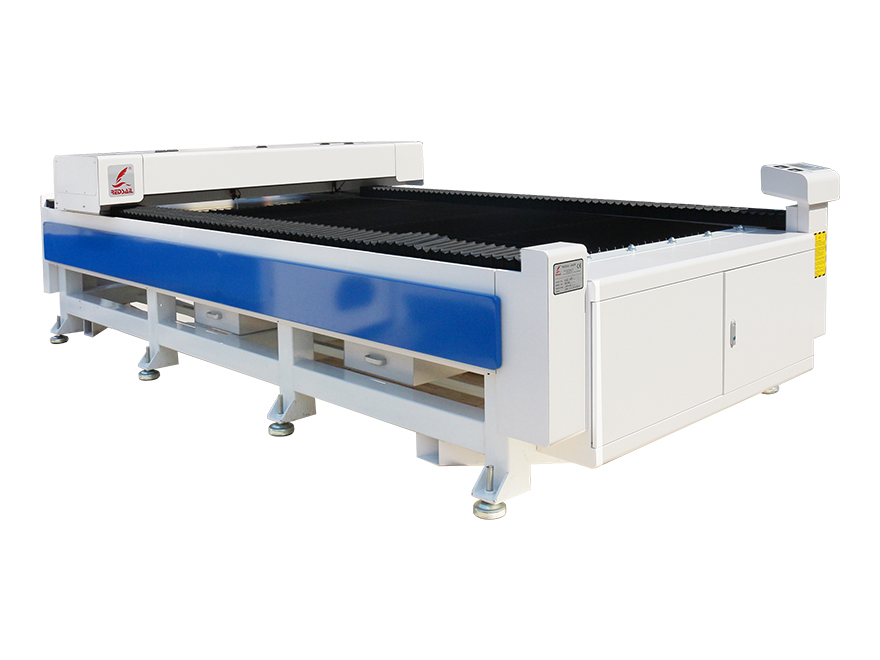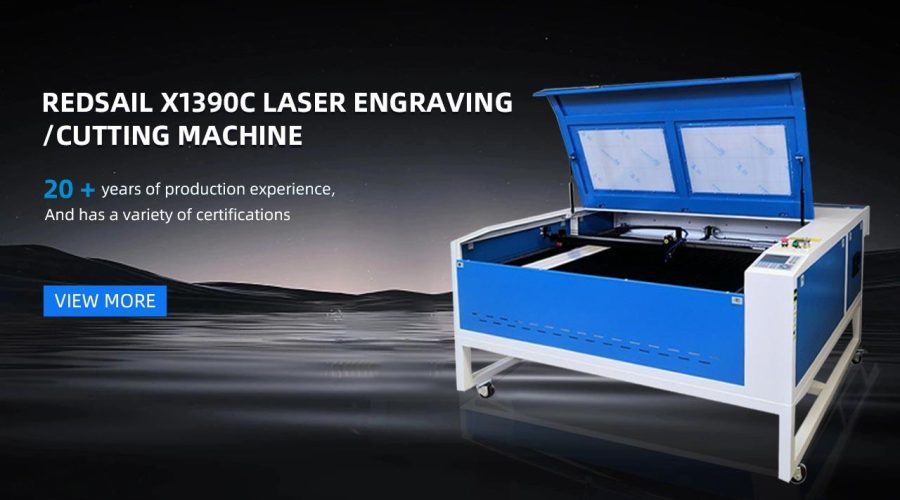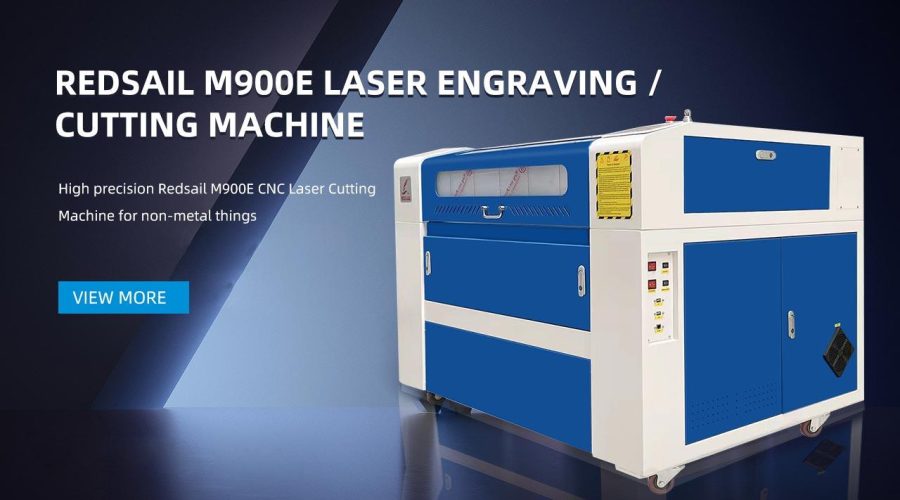Can You Build Your Own CO2 Laser Cutter? A DIY Adventure!
Are you a DIY enthusiast looking to take your projects to the next level? Have you ever considered building your own CO2 laser cutter? Laser cutters are incredibly versatile tools that can be used to cut and engrave various materials with precision. While purchasing a commercial laser cutter can be costly, building your own can be a more affordable option. In this article, we will explore what is involved in building your own CO2 laser cutter and provide some tips for your DIY adventure.
Understanding the Basics
Before diving into this DIY project, it is essential to understand the basics of how a CO2 laser cutter works. A CO2 laser cutter uses a high-powered laser beam to cut or engrave materials such as wood, acrylic, and even certain metals. The laser beam is generated by exciting a gas mixture, typically carbon dioxide, with electricity.
Building your own CO2 laser cutter involves sourcing the necessary components, including the CO2 laser tube, power supply, mirrors, lens, and control electronics. You will also need a sturdy frame or base and a ventilation system to dissipate the heat generated during the cutting process.
Materials and Components
- Laser Tube: The heart of a CO2 laser cutter is the laser tube. This is where the laser beam is generated. CO2 laser tubes come in various lengths and power outputs. Choose a tube suitable for your cutting needs.
- Power Supply: The power supply provides the necessary voltage and current to excite the gas in the laser tube. It is important to choose a high-quality power supply that matches the specifications of your laser tube.
- Mirrors and Lens: Laser cutters use mirrors and a focusing lens to direct and focus the laser beam onto the material being cut. High-quality mirrors and lens are crucial for achieving precise cuts.
- Control Electronics: You will need control electronics to regulate the power output, control the movement of the laser head, and ensure safety features are in place.
- Frame and Ventilation: Building a sturdy frame or base is essential to ensure the stability and accuracy of your laser cutter. Since laser cutting produces smoke and heat, a ventilation system is necessary to maintain a safe working environment.
Building Your CO2 Laser Cutter
Building a CO2 laser cutter requires technical knowledge, patience, and attention to detail. Here are some steps to guide you through the process:
- Gather Your Components: Source all the necessary components mentioned above from reputable suppliers. Ensure compatibility between different components and check for any additional parts or consumables you may need.
- Assemble the Frame: Construct a sturdy frame or base for your laser cutter. Consider using materials such as aluminum extrusions or thick plywood. Ensure that your frame provides sufficient stability and rigidity.
- Install the Laser Tube: Mount the laser tube onto the frame, ensuring proper alignment and securing it firmly in place.
- Set up the Mirrors and Lens: Install the mirrors and lens in the correct order, creating a path for the laser beam. Align them precisely to ensure the laser beam is directed accurately.
- Wire the Control Electronics: Connect the necessary cables, power supply, and control electronics according to the manufacturer’s instructions. Take precautionary measures to avoid electrocution and ensure safety features are in place.
- Test and Adjust: Carefully test all your connections, power on your laser cutter, and calibrate the mirrors and lens for accurate laser beam focus. Take safety precautions and wear appropriate protective gear while testing.
- Implement Safety Features: Install safety features such as emergency stop buttons, interlocks, and a robust ventilation system to ensure a safe working environment.
Once your CO2 laser cutter is assembled, tested, and properly calibrated, you can start experimenting and creating intricate designs on various materials.
Frequently Asked Questions (FAQs)
- Can I build a laser cutter without any technical knowledge?
Building a laser cutter requires technical knowledge and experience with electronic components and electrical circuits. It is not recommended for individuals without prior technical expertise. - Is it cheaper to build my own laser cutter?
Building your own laser cutter can be more cost-effective than purchasing a commercial one. However, it involves sourcing the necessary components and investing your time and effort into building and calibrating the machine. - What materials can I cut with a CO2 laser cutter?
A CO2 laser cutter can cut or engrave various materials such as wood, acrylic, leather, fabric, and certain metals. The cutting capabilities depend on the power output and focusing ability of the laser cutter.
Embarking on the journey of building your own CO2 laser cutter can be an exciting and rewarding DIY adventure. With the right components, technical knowledge, and attention to detail, you can have a laser cutter that suits your needs at a more affordable price. Remember to prioritize safety throughout the process, and enjoy the endless possibilities of laser cutting in your DIY projects!





